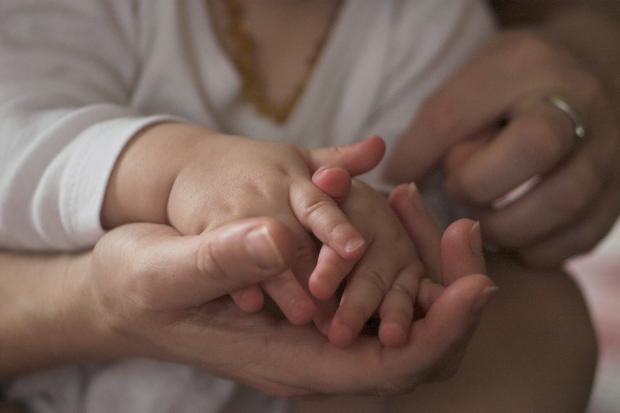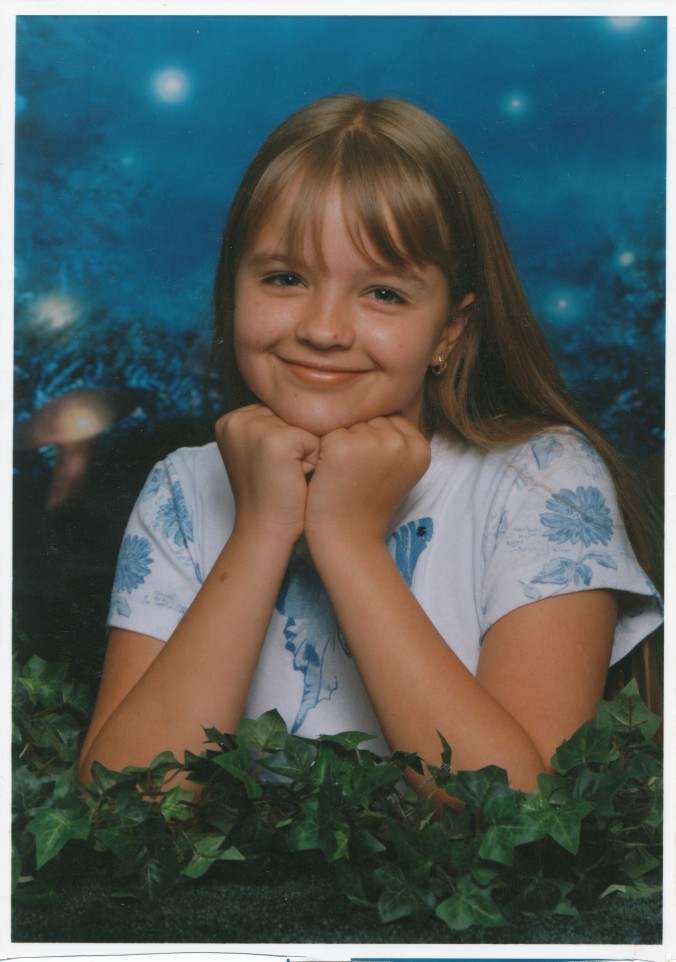
“How wonderful that no one need wait a single moment to improve the world.” Anne Frank
When we make service work a normal part of our lives we don’t simply teach our children strong core values, we demonstrate these values in action.
Often volunteering isn’t “official.” A family does yard work and errands for a housebound neighbor. Or they compile information and pass out fliers to get a safety initiative passed through city council. Or they put on a garage sale and donate all the proceeds to benefit a local shelter. They are making the community a better place through their own efforts. The side effect? They give their children a wonderful dose of can-do attitude.
When families reach out to help others, their children learn that this is a natural response. After all, the word “humane” is a variant of the word “human.” The definition of “humane” includes demonstrating better aspects of the human character such as kindness and compassion and showing respect for other people’s views. The word used to define us also describes the qualities essential to forging a society based on mutual regard.
And science tells us that giving makes us happy, from toddler on up.
There are many creative ways to volunteer based on local needs and your child’s interests.
1. Regularly visit a “grandfriend” at a nursing home, assisted living facility, or in the neighborhood. Play card games, do crafts together, teach each other new skills, make up stories, exchange advice, and build a real connection.
2, Volunteer to deliver Meals on Wheels in your neighborhood, perfect for parent and young children.
3. Raise a service dog, typically a puppy training commitment of two years. There are many organizations. Here’s a partial list:
4. Grow vegetables and offer extra produce to people who don’t have space to garden, to new parents who don’t have time to garden, to a hunger center.
5. Set up a playgroup for babies at your local nursing home or assisted living facility. This is something I did, which started a family tradition of getting kids involved in the community.
6. Have little kids draw special pictures. Use these as wrapping paper, tucking inside them a piece of wrapped candy or silk flower, along with a note like “thanks for being so nice” or “you made my day.” Then keep these in the diaper bag and when you’re out together, stay on the lookout for a nice cashier, helpful librarian, or kind friend to hand out a surprise package. It cues kids to see goodness everywhere.
7. Let little kids offer popsicles to garbage truck workers. For more ways the smallest kids can engage in acts of kindness, check here.
8. Create ways to share with your neighbors, from a toy swaps to co-ops. Consult the Center for a New American Dream guide and any of the great guides offered by Shareable.
9. As a family or with a group of kids, develop a program to present at a nearby library, daycare, or community center. It might be a puppet show, play, or craft project. Or get your dance class, choir, or martial arts school to give a demonstration at a daycare, nursing home, or community center.
10. Form a band or acting troupe with friends and give free performances.
11. Make some no-sew dog toys for animals in shelters using inexpensive fleece remnants or old torn jeans. Use old blankets, pillows, or fabric remnants to make pet beds for shelters. Ask if you can volunteer to walk dogs. Raise funds to buy food, litter, and other items the shelter needs. And consider adopting a rescue animal. There are rescue organizations for all sorts of companions, from horses to hamsters.
12. Do errands, cook for or otherwise help out a someone dealing with an illness.
13. Pick up litter in your neighborhood or wildlife area. It’s safest to do this wearing gloves and using a pick up tool or a reacher
or a reacher . Put each piece of trash in a box or garbage bag, then recycle or throw away when you’re done.
. Put each piece of trash in a box or garbage bag, then recycle or throw away when you’re done.
14. Protect natural, cultural, and historical resources by volunteering for the National Park Service Youth Conservation Corps (age 16 and up).
15. Work on sets, distribute tickets, usher patrons to their seats, or perform for your local community theater.
16. Learn rehabbing skills while volunteering with Habitat for Humanity. Rules may vary, in our area older kids can volunteer along with a parent.
17. See if your local food shelter will let families work together to set tables, serve beverages, and clean up. If not, you can raise funds to donate food. We know a family that twice-monthly cooks an entrée for 15 people, along with several other families cooking the same entrée, so it can be served that evening at a free dinner offering.
18. Walk dogs, collect mail, shovel snow, or rake leaves for someone in your neighborhood who needs the help.
19. Serve as unofficial welcoming friends for immigrants who could use help navigating unfamiliar streets and who need assistance learning the customs and colloquialisms that aren’t in any handbook.
20. Repair and donate such items as toys, household items, bikes, or computers.
21. Volunteer with Red Cross Youth Services through your local Red Cross branch. And make sure kids and parents take a CPR/first-aid course so everyone is ready to volunteer lifesaving services if necessary.
22. Write letters to deployed service members. For more snail mail ideas, check out 38 Unexpected Ways to Revel in Snail Mail.
23. Produce a neighborhood newspaper or e-letter.
24. Volunteer to help out with Special Olympics.
25. Connect with teens around the world through Unicef-sponsored Voices of Youth.
26. Certify your backyard, even your apartment balcony, as a wildlife garden through the National Wildlife Federation.
27. Greet new people on your street with a small gift such as a houseplant or plate of cookies.
28. Network with other young people working on causes and get small grants to fund your project through Do Something.
29. Certify your dog as a therapy dog to volunteer in hospitals and schools.
30. Form a Peace Jam club and work on positive projects together. (pre-teen, teen)
31. Adopt a town monument and keep it clean.
32. Volunteer to help your library run an Edible Book Festival. For more library-related service ideas, check out Celebrate Hug Your Librarian Day.
33. Make treats and deliver them to your local police or fire station.
34. Volunteer as a family to help at a Ronald McDonald House in your area.
35. Make warm scarves to donate. Collect clothing, blankets, toys, disposable diapers, and personal care items and donate to homeless shelters.
36. Get involved with Youth Volunteer Corps.
37. Plant extra seeds and share the plants. You might set up a seed or a plant exchange in your 4-H club, church, or other organization.
38. Organize to build a playground in your neighborhood.
39. Earn a President’s Volunteer Service Award for your volunteer work. People of all ages can sign up, track their hours, and search for volunteer opportunities through United We Serve.
40. Earn the Congressional Award, which recognizes initiative by American youth in four self-determined goals areas: Volunteer Public Service, Personal Development, Physical Fitness and Expedition/Exploration. The award is earned individually or with friends, at one’s own pace.
Portions of this post are excerpted from Free Range Learning .
.
Many More Ideas
The Giving Book: Open the Door to a Lifetime of Giving
The Busy Family’s Guide to Volunteering: Do Good, Have Fun, Make a Difference as a Family!
The Kid’s Guide to Service Projects: Over 500 Service Ideas for Young People Who Want to Make a Difference
The Teen Guide to Global Action: How to Connect with Others (Near & Far) to Create Social Change
It’s Your World–If You Don’t Like It, Change It: Activism for Teenagers
A Kids’ Guide to Protecting & Caring for Animals: How to Take Action! (How to Take Action! Series)
77 Creative Ways Kids Can Serve
How to Be an Everyday Philanthropist: 330 Ways to Make a Difference in Your Home, Community, and World – at No Cost!
Playborhood: Turn Your Neighborhood Into a Place for Play
The Great Neighborhood Book: A Do-it-Yourself Guide to Placemaking
































